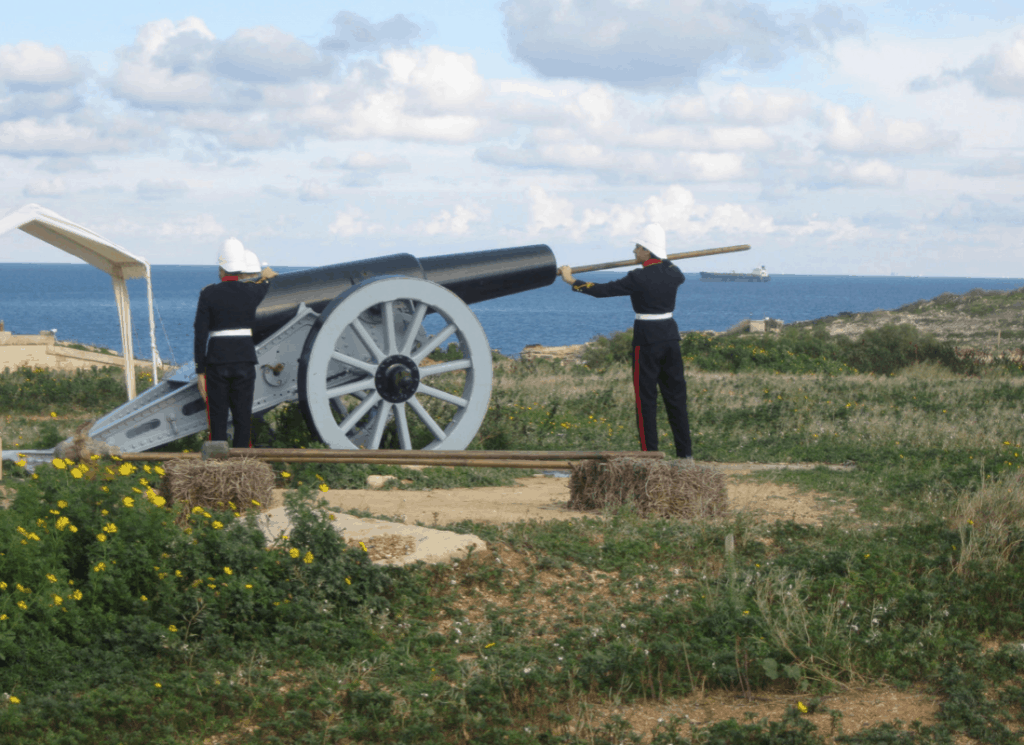Fort Rinella, which was built in 1878, is situated in Kalkara. It is maintained today by The Malta Heritage Trust, which “is a voluntary non-governmental organisation, set up in 1987”. Fort Rinella was the first working fort, and it is renowned for its 100-ton gun. The fort, which is quite large, was originally designed to defend this gun as well as the gun squad, support machinery, bunkers and troops that were posted in the fort. It is essential for the population to know and recognize the importance of their country’s history and heritage, and this is done by proper research, re-enactments and renovations.
Fort Rinella Map
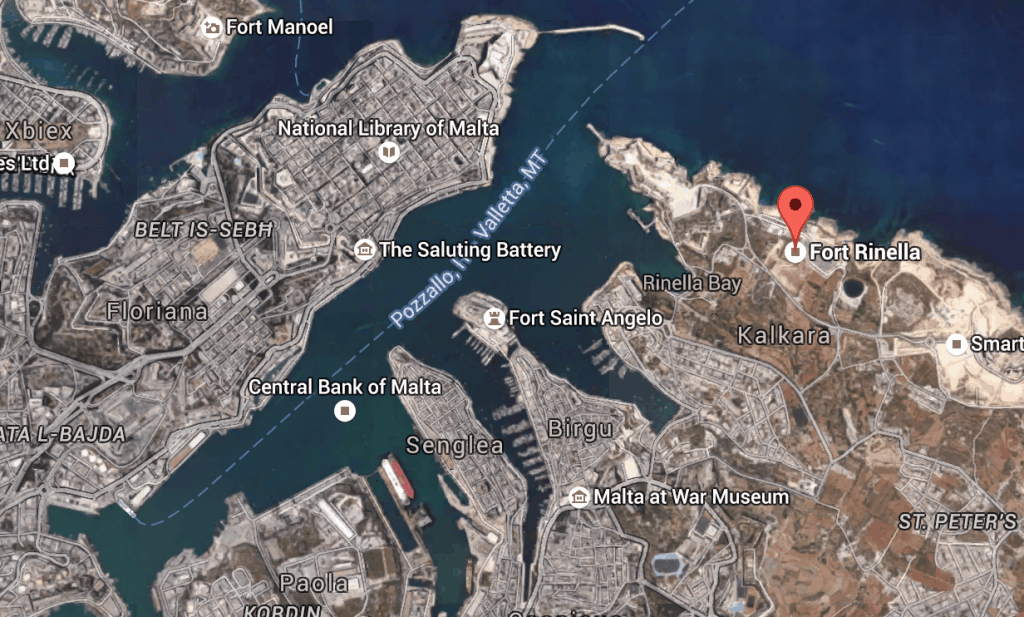
History of Fort Rinella
Fort Rinella was built when Italy’s naval power posed a threat to British Empire, mainly the Mediterranean, and therefore the British strengthened the coastal defences of Malta and Gibraltar as well as improving its own fleet. The road leading to the fort is in the form of a chicane to neutralise a concentrated attack of the main gate.
Part of this reinforcing of its coastal defences was to order four 100-ton guns to help secure Malta and Gibraltar from blockade or naval attack. One of the guns was placed at Fort Rinella, which itself blended in well with the surrounding area; since it is built low into the ground, it would be difficult to spot from the air, preventing severe bombardment. It also had a dry ditch which helped protect against ground attack, as well as a side-winding passage way leading up to the only point of entry, and at the main gate, loop-holes can be found in the wall from which soldiers could point their rifles from and fire at enemy soldiers. Apart from that, the fort’s gate is actually a bridge that can be pulled into the fort so as to secure it completely.
This is the fort’s only gate, and it is made of iron and wood, with the metal plates covering it to make it bullet-proof. Within the door itself, there is a smaller door which helps control who goes in or goes out.
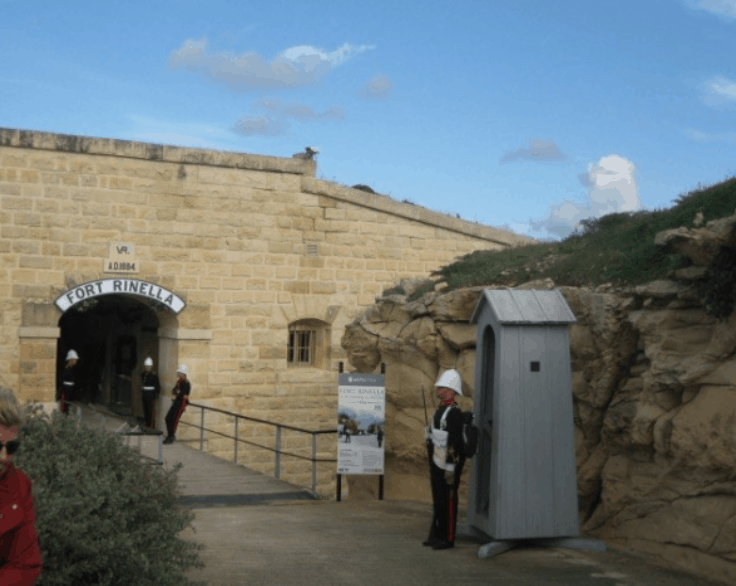
Once you enter the fort, you can find the guard room on the right whereas on the left the entrance to the barracks rooms. On walking down, there is a cook house and the latrine, which is used for the soldiers’ hygiene. In the loading chamber, cartridges and shells were stored and were used to load the gun. A cartridge and a shell are placed on a constructed trolley which would run on the rails fixed on to the ground. The gun emplacement is where the gun is situated over the ramparts of the battery.
100 Ton-Gun at Fort Rinella
As for the gun, the ammunition was kept underground in two separate chambers, one for the shells, and the other for the gunpowder. The gun’s shells were very costly at the time, and they were approximately as much as a daily wage for about 2,600 soldiers. It is interesting to note that the gun wasn’t fired frequently as this would have resulted in the gun having to be shipped to Britain to be repaired. As a result, it was only fired twice a year for practice use only, and the gun was never fired in anger.
The gun was built by Sir William Armstrong which was shipped to Malta back in 1882. This had to be hauled and this entailed 100 men and about three months to accomplish. The gun could fire once every six minutes and each shell weighed one ton. There are two different shells; Palliser had one quarter (tip) of solid iron and the rest was gun powder. This was used to penetrate the hull of the ship and the explosive was timed. The other type is Common, which had a percussion tip which upon impact would create a spark then explode. Two loading chambers were needed in order to establish an effective rate of fire by alternating the loading process. A mechanical system started to be used to load the gun; however, newer technology was soon after introduced. In order to load the gun, it was essential to mechanically turn it to face the turrets.
The ammunition would afterwards be taken up using a loading trolley. At that point, a hydraulic rammer is triggered to push shells and cartridges in to the gun’s barrel. This had to be completed in six minutes whereas then the gun aimed and fired at its target.
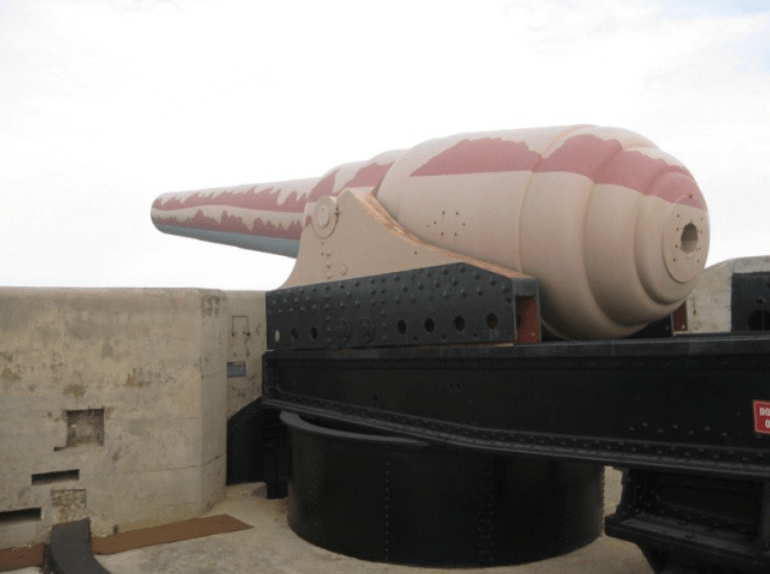
Reliving the history and re-enactments
With the help of animated tours, Fort Rinella is brought back to life using traditional 19th century Victorian era practices, one way is by wearing Victorian clothing, which help visitors recall the past. They provide the tourists with a tour that includes “excellent guiding with live and colourful historical re-enacting including military signalling, firing of rifles, bayonet practice, military cooking and more.” Apart from that, use of equipment and former weapons are made in order to try and enrapture the tourists’ attention and give them a more valuable experience. Every day at two o’clock they fire the Howitzer which is the last of its kind, was found in Floriana and was restored. To facilitate the procedure of firing the cannon, which had a three-mile range, and soldiers were given numbers for specific tasks.
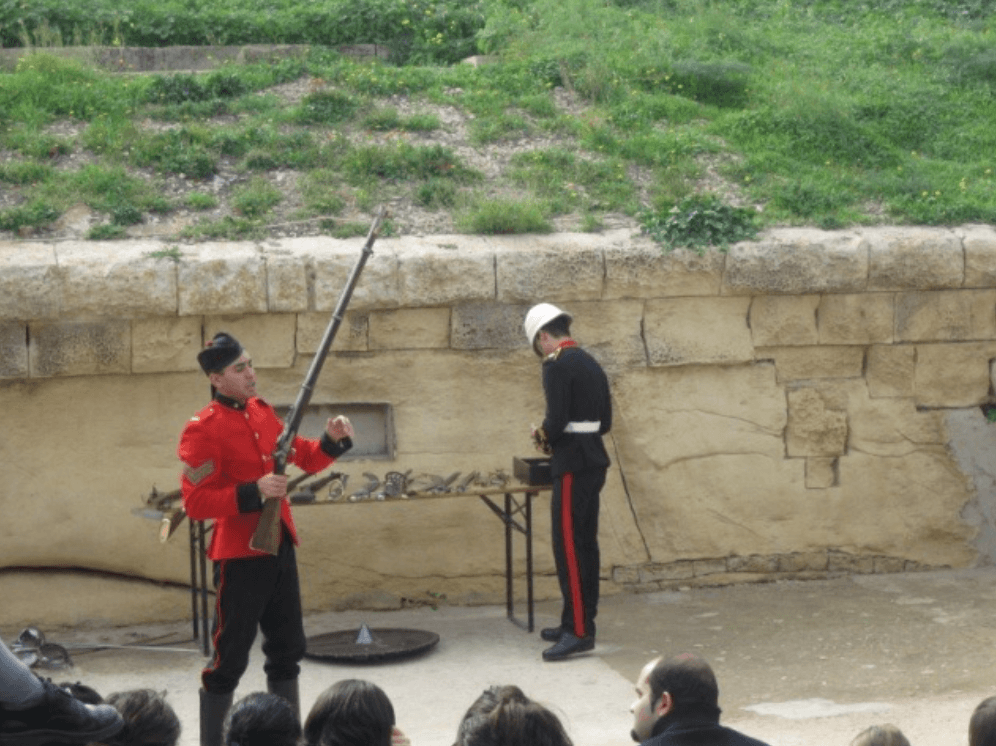
To give visitors a better insight of Fort Rinella, one can watch a 20-minute documentary about the Fort and its 100-ton gun. In order to make this more helpful for foreigners, the management took the initiative of providing a documentary which can also be heard in different languages. In this way, the Fort is encouraging more visitors especially, foreign ones.
Opening hours of Fort Rinella
Fort Rinella open from Monday to Saturday between 10.00 to 17.00hrs. Normally the Fort is closed on New Year’s Eve, New Year, Good Friday, Easter, St.Mary’s (on 15th August), Christmas Eve and Christmas.
